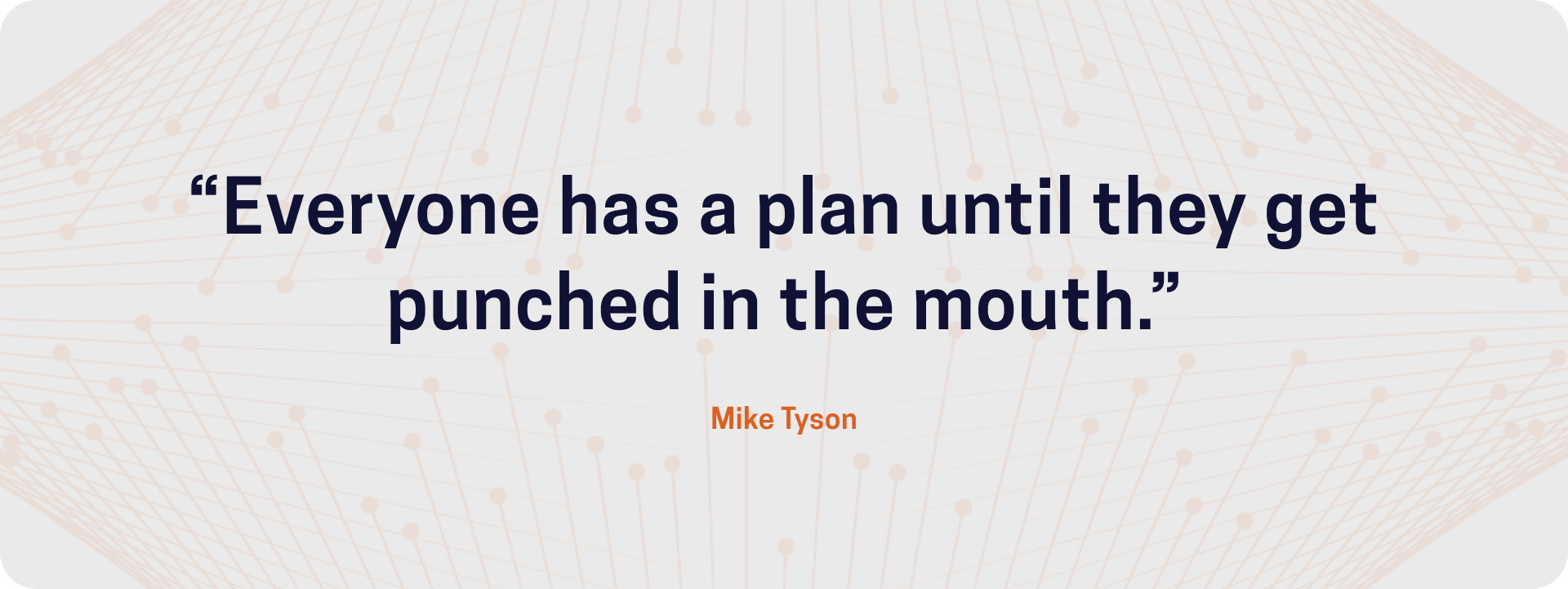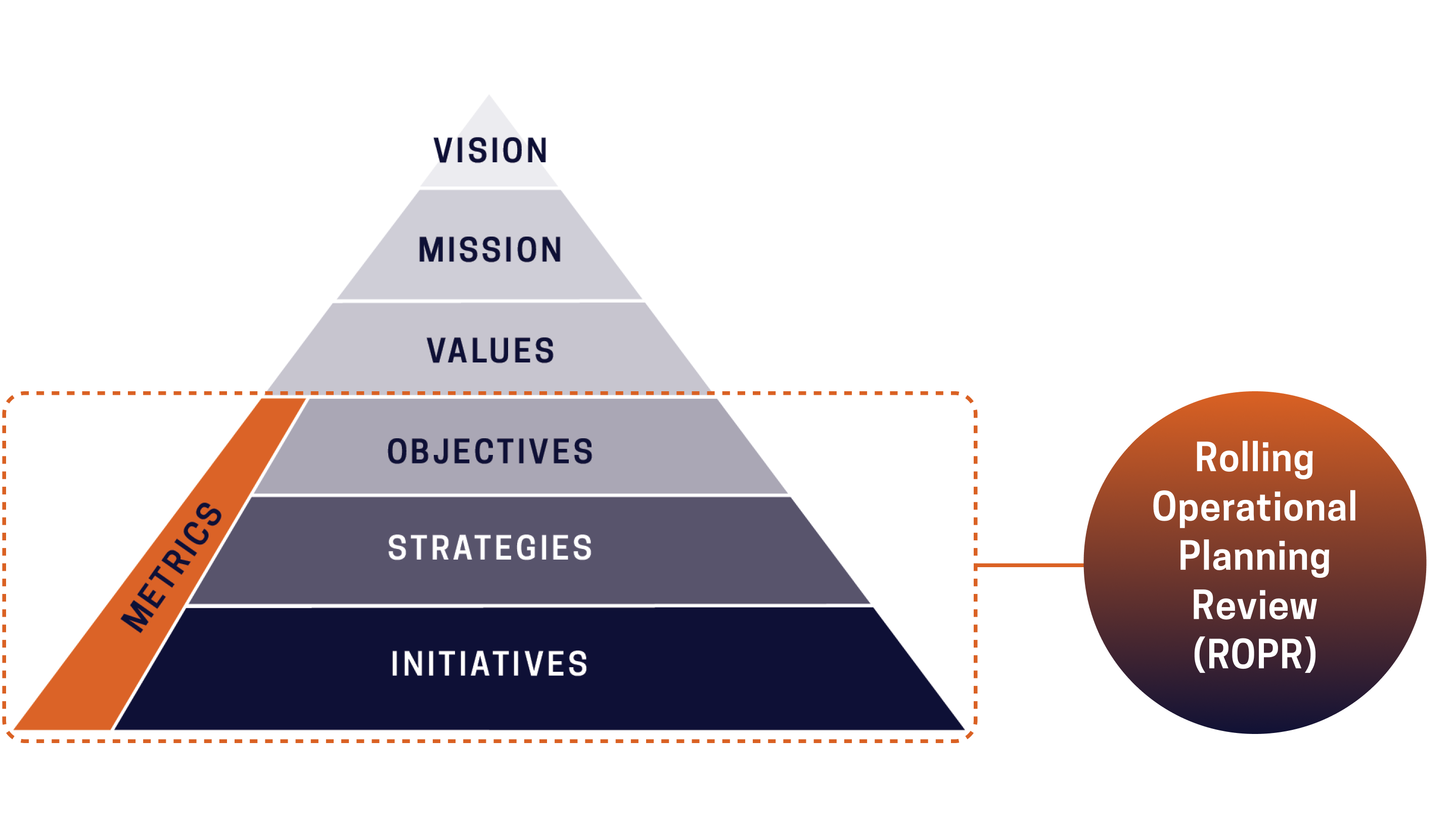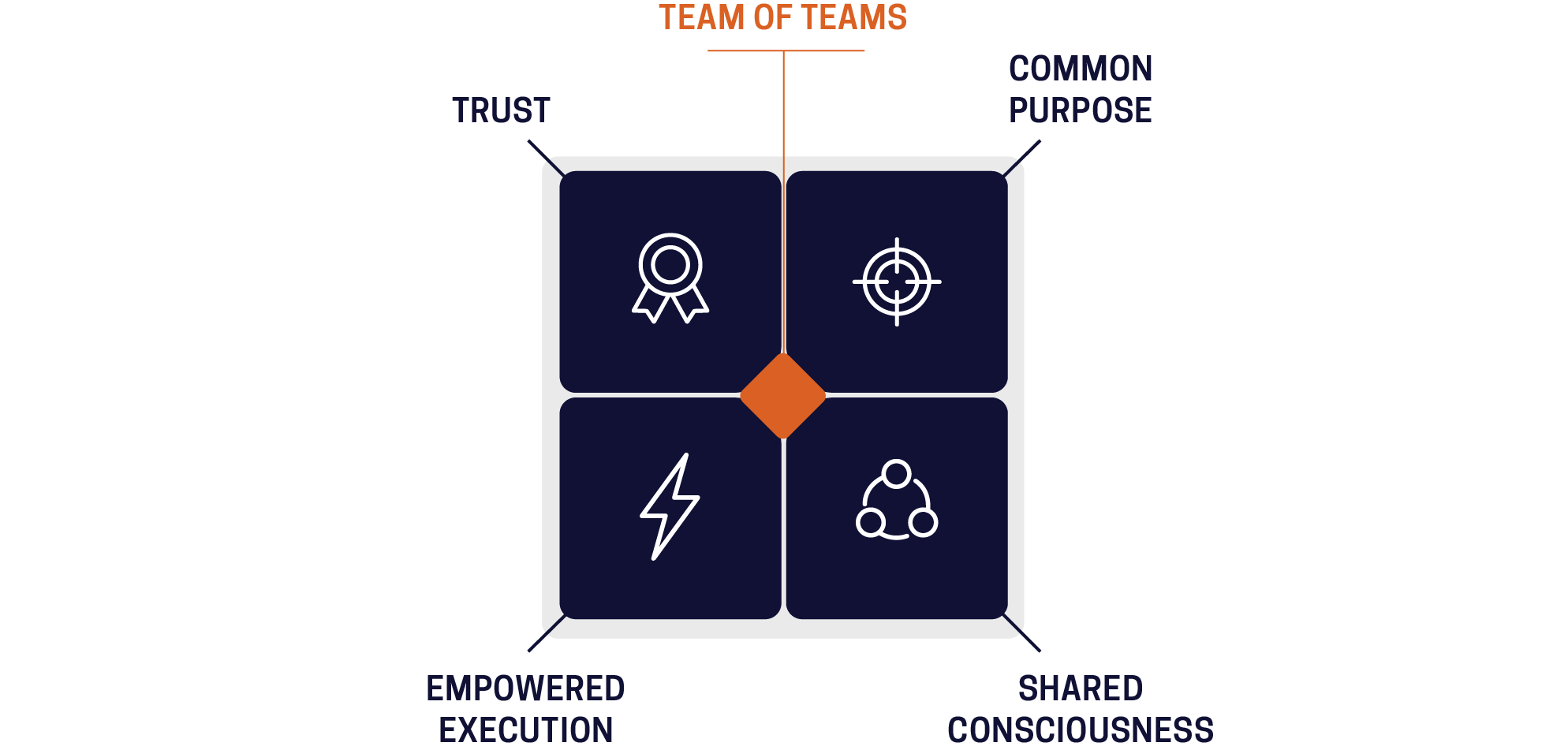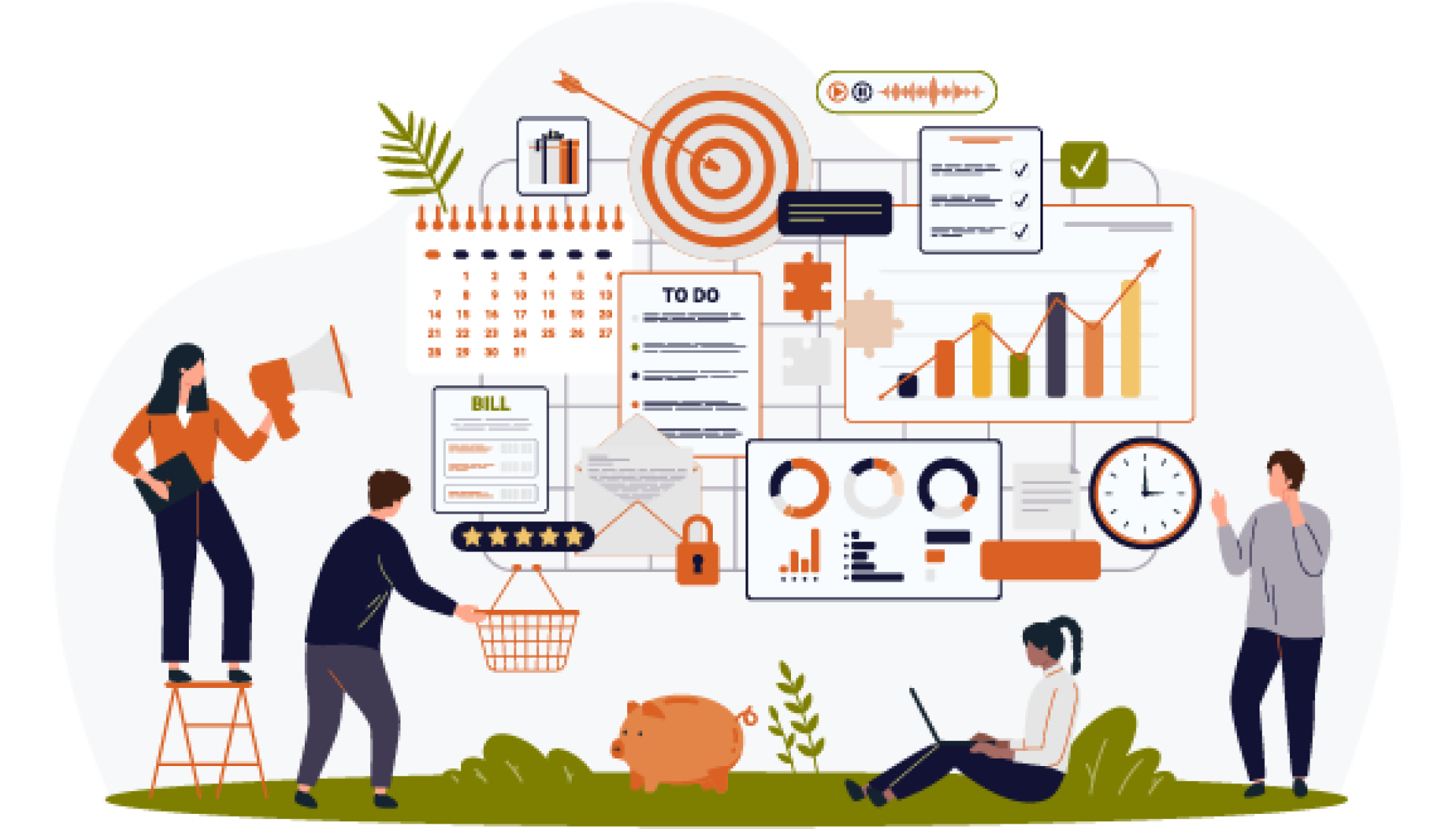The Next Gen in Strategy Execution is Rolling Operational Planning Review
For decades, the annual planning cycle served as the bedrock of organizational strategy. It offered clarity, structure, and a sense of control. But that world is gone. Today, the velocity of disruption outpaces the rigidity of static plans, and leaders who cling to last December’s goals often find themselves misaligned, reactive, and behind.
It’s no longer enough to have a plan. You need a system that moves.
The shift isn’t about abandoning the old playbook outright; it’s about evolving to meet the demands of today’s environment. The Rolling Operational Planning Review (ROPR) doesn’t just change when planning happens. It transforms how leaders align teams, allocate resources, and drive execution with adaptability, precision, and transparency.

Strategy isn’t Broken. Planning is.
Traditional annual planning fails for two reasons:
- Time is NOT Predictable: The idea that a plan developed six months ago is still relevant today is like thinking “no man can step in the same river twice.” Strategy, like a river, are fluid. No team steps in the same market twice. What begins as a roadmap becomes an artifact, unable to keep pace with the time constraints.
This leads to the “accordion problem:” goals set in January get compressed into the ever-dwindling months at the end of the year. Like an accordion soloist at a rock concert, executives squeeze out every ounce of energy from their teams to achieve outcomes they handcuffed themselves to months ago. Despite the efforts, the mark is still largely missed, engagement suffers, and performance plateaus. - The environment is NOT Controllable: As Carl von Clausewitz, famous military strategist once said, “The enemy always gets a vote.” For organizations, this “enemy” may be a disruptive startup, shifting regulations, or technology leap. Honestly, Mike Tyson may have summarized the realities of environmental impacts even better, “Everyone has a plan until they get punched in the mouth.” Planning under the presumption that external environment will adhere to December’s predictions is a recipe for a strategy knockout.

What is the ROPR?
The ROPR is a dynamic alternative to static annual planning. It’s more than a process; it’s an operating model that fuses strategy and execution into a continuous operating rhythm, enabling leaders to plan, sense, adjust, and act—quarter by quarter, in real time.
Built from the Team of Teams® Framework, the ROPR is a leadership mindset that aligns strategy with the pace of reality.
How ROPR Works
At its core, the ROPR operates on a rolling horizon, typically three to six quarters. This allows teams to continuously evaluate past performance, scan the environment, and adjust priorities without losing sight of long-term goals.

ROPR’s structure is built around three interconnected components:
- Objectives – Long-range, measurable goals that provide a clear strategic north star.
- Strategies – Directional approaches to achieve objectives. These guide without micromanaging.
- Initiatives – Tactical actions that deliver the strategy. Unlike goals, initiatives are expected to shift based on real-time context.
These elements exist in most organizational strategies, but the ROPR synchronizes them within a structured, repeatable quarterly cadence.
Instead of reviewing plans once a year, leaders engage in structured quarterly conversations that align resource allocation, talent deployment, and performance feedback across functions. Strategy becomes a continuous conversation.
Strategy Backed by Team of Teams®
ROPR isn’t just adaptable; it’s behaviorally intelligent. It integrates the four key leadership behaviors of the Team of Teams framework:
 Shared Consciousness: Visibility across teams eliminates silos and blind spots.
Shared Consciousness: Visibility across teams eliminates silos and blind spots.- Common Purpose: Everyone knows the “why” behind the “what.”
- Empowered Execution: Decisions are made closer to the action faster, with better outcomes.
- Trust: Teams move with speed when they trust that context is shared and intent is aligned.
This ensures that strategy has behavioral scaffolding that makes strategic adaptability possible.
From Stagnation to Acceleration: ROPR in Action
Leading organizations across industries already use the ROPR model to turn strategy into a living system. From finance and talent to execution and messaging, ROPR helps leaders align faster, act smarter, and adapt continuously. Here’s what that looks like in practice:
- A Fortune 50 media company adopted a ROPR rhythm in response to market turbulence in streaming. By embedding financial and content performance reviews every quarter, they rapidly redirected investments toward higher-margin areas, regaining momentum and investor confidence in the same fiscal year.
- A global technology firm applied ROPR to its people strategy. As AI and cloud services became critical, it replaced annual talent reviews with rolling assessments. High-potential talent was reskilled and redeployed based on strategic demand, not static headcount plans.
- A consumer goods leader reimagined quarterly off-sites as operating checkpoints. Leadership reflected and reallocated capital, shifted messaging, and adjusted incentives within days. Their strategy didn’t just adapt, it gained velocity.
These aren’t case studies. They’re new operating rhythms. And they work.
Tuning in: ROPR as a Strategic Radar
Perhaps ROPR’s greatest advantage is not what happens internally, but how it helps tune your organization into the world around them.
Every quarterly review becomes a moment to scan the horizon:
- What changed in the market?
- What’s the competition doing?
- How have customer expectations shifted?
- What does the data say about our performance?
Instead of reacting late, organizations make smarter bets, reallocate faster, respond earlier, and adapt at scale.
This is the future of planning: strategy that breathes, adapts, and evolves with reality.
ROPR transforms strategic planning from an annual ritual into a leadership operating system that reinforces alignment, transparency, and execution in real time.
This isn’t about abandoning strategic discipline. It’s about modernizing how it’s applied.
The Strategic Advantage of Adaptability

We are no longer living in an age where organizations can afford to wait and see. The pace of disruption is too fast, and the cost of inertia is too high.
What separates the resilient from the reactive in today’s market isn’t foresight; it’s the ability to sense, respond, and realign continuously. The ROPR brings strategy out of the binder and into the organization's battle rhythm.
Leaders who embrace this shift don’t just retire outdated planning; they retire the mindset that control is power. Instead, they create conditions where trust, transparency, and adaptability are their edge.
Because in a world where the environment votes every quarter, your best move isn’t to predict the future, it's to be ready for it.
Are you rolling with change? Or just waiting for the next punch? We can help.




